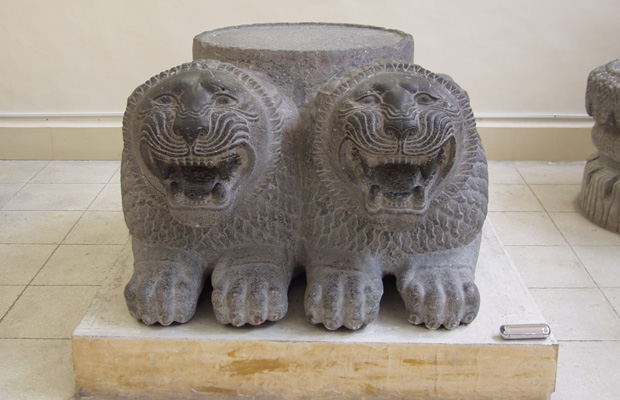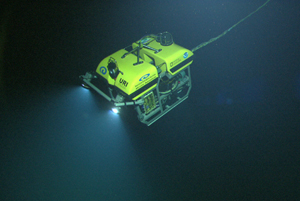
© Stephen BatiukThe double-lion column base formed part of the support for the porticoed entrance to the temple, which dates to ca. 800 BC.
Today, like every other summer day for the past 11 years, Stephen Batiuk will wake at 4 a.m. to get to work by 5, a mostly futile attempt to escape the punishing sun on Turkey's Amuq Plain.
Then, he will try once more to shake out the secrets from astonishing ruins almost 3,000 years old.
The Ottawa archaeologist is working on one of the world's richest digs: 100,000 artefacts a year emerge from Tel Tayinat. But the shards, bits of gold, even the monumental palace and temple, only hint of the power and complexity that this ancient city once held.
Every day, the puzzle for Batiuk and his 30 or so colleagues in the University of Toronto team is the same: who were these people? How did they think? Who came through as traders, and who came waging war? Most intriguing: why did they simply walk away one day and vanish into history?
"Here we have this kingdom that sort of emerges out of nowhere," says Batiuk, 36. "So we are looking at how people come in from the Greek world, indigenous people, people from central Anatolia, further east ... how it all sort of coalesces into this new kingdom.
"We are looking at early multiculturalism, to borrow a Canadian term, how art and written language got going. The temple can give us an idea of how religion played a role in forming national identity."




